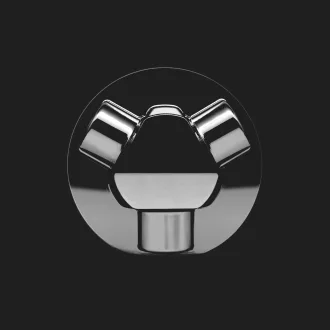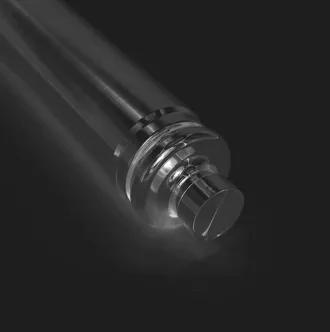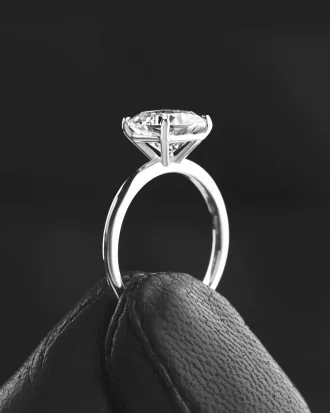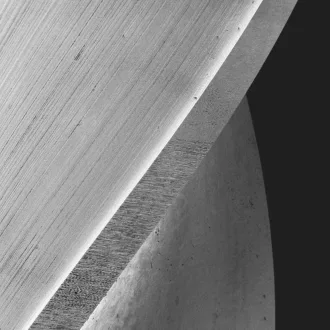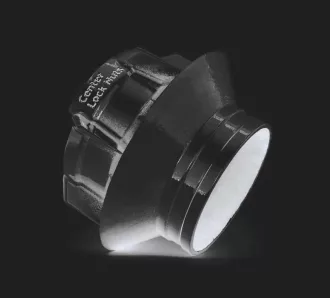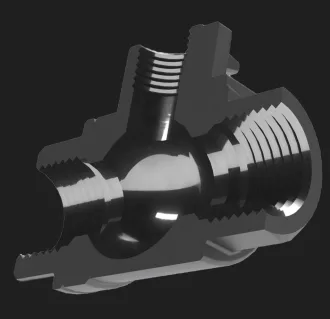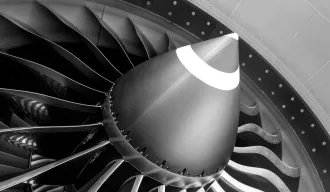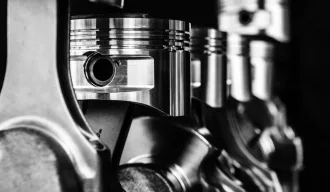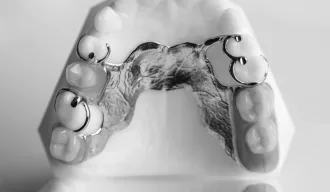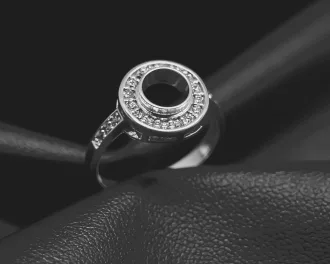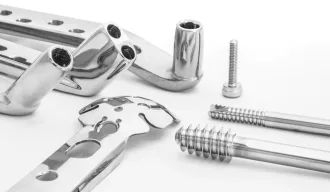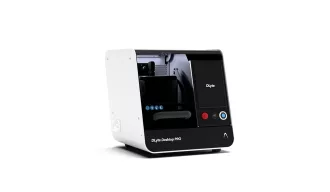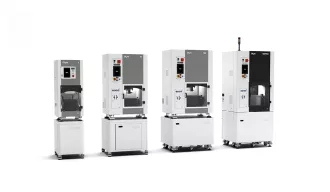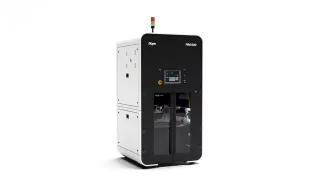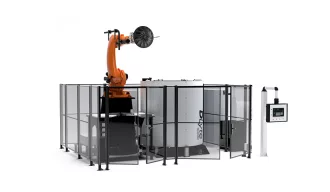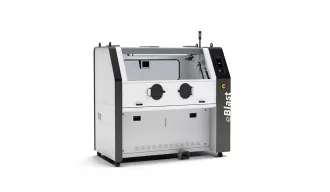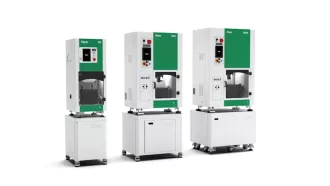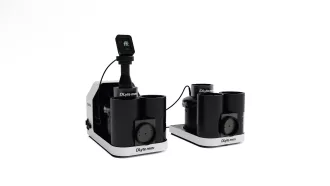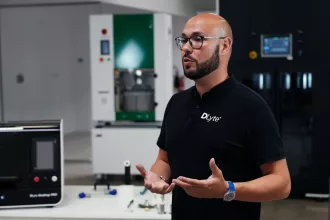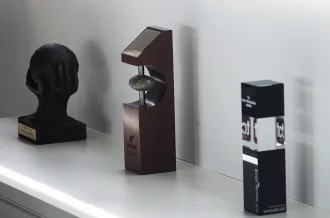February 20 , 2020
Due to medical needs, there is a whole industry focused on the creation of implants for different parts of the body. Osteosynthesis implants are used to restore broken bones and to offer relief to an existing medical condition. From dental to vertebrae, shoulder joints or pelvis; there have been many implantology improvements. The importance of having the right implant goes beyond the creation of a metal piece that imitates a part of the body. Today’s engineers are constantly researching to make these implants even better, more functional and to increase their lifespan. For instance, in order to improve long-lasting results, recent studies have shown that improving the surface’s quality on an implant will increase implant functionalities as well as their lifespan.

Implant Limitations Nowadays
Even though technology has made it possible to achieve significant progress in the design and manufacture of implants for osteosynthesis, there is still room for improvement as the implant can fail and even damage the patient due to several factors. Implants tend to suffer from fretting corrosion due to the nature of the movement inside the body, the fluids inside the body and the mechanical stress of its functionality. Implant performance is also affected by the polishing and finishing processes as they impact the fatigue and tensile strengths and on some occasions, the implant is not entirely biocompatible.
A severe incidence in manufacturing different implants refers to the large variety of post-processing steps, even involving manual labor. When a patient is using an implant, it must be manufactured in a way that prevents the patient from additional risks. Some of the parts just need to be slightly rounded and clean. Some of them need intensive processing so they have to be polished to work correctly. If an implant is manufactured negligently or without considering surface quality, it can cause corrosion, premature fracture, and consequent rejection. Corrosion, in this case, is causing metal to enter the patient’s bloodstreams and resulting in blood poisoning.
The typical process to finish implants at large scale is based on chemical-mechanical processes like robotized belt polishing or abrasive polishing. These types of process work generating friction to the piece and against a generic abrasive. This usually involves the use of water and solvents to clean the piece. Although there are some other procedures that involve dry polishing, this other type of polishing primarily refers to circular vibrators. They are commonly used to round the edges and polish the surface of the implant. Those processes tend to present some issues as they are error-prone. It’s hard to certify a specific success-scale as they don’t offer consistency on results. Current processes are not enough reliable and require additional manual rework to achieve the desired finishing, manufacturing also implies the scrapping of faulty parts. Moreover, this equipment requires additional costly peripheral equipment to treat the water and sludge contaminated with metals that require specific maintenance and negatively affecting our environment.

But, What Makes DLyte Different?
One of the biggest challenges for implants was the lack of the right machinery to work and polish the surface of the implants as well as guaranteeing the best possible manufacturing process. DLyte series are new patented machines based on Drylyte technology for surface finishing of metal alloys. These machines have a new system focused on automatization, simplification, and standardization of metal parts post-process. The comprehensive application range of DLyte includes grinding, deburring, surface smoothing and high gloss polishing of high precision and aesthetic parts. Using a dry electropolishing system consists in an efficient process capable to selectively remove a thin layer of material from a metal part to achieve shine, smoothness and ultra-clean surfaces.

DLyte can polish and deburr parts that can be fragile and/or with complex geometrical forms. This process uses electrical current and is intended to improve corrosion resistance. The media used is a soft and non-abrasive material that does not damage nor rounds part edges. DLyte is able to dry electropolish medical devices in Cobalt Chrome, Stainless Steel, Titanium and Nitinol.
